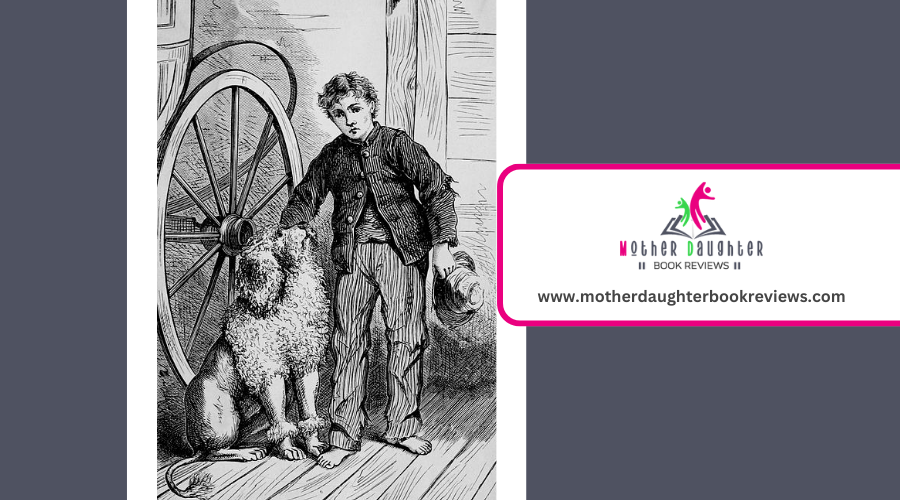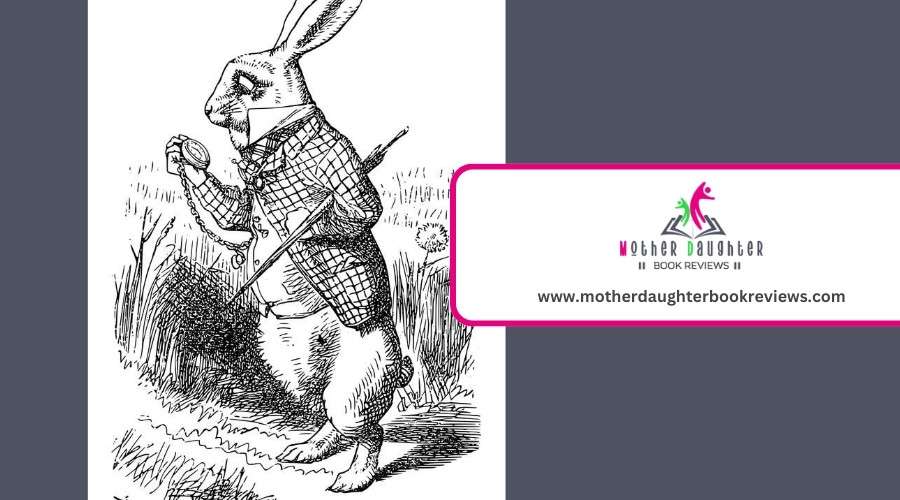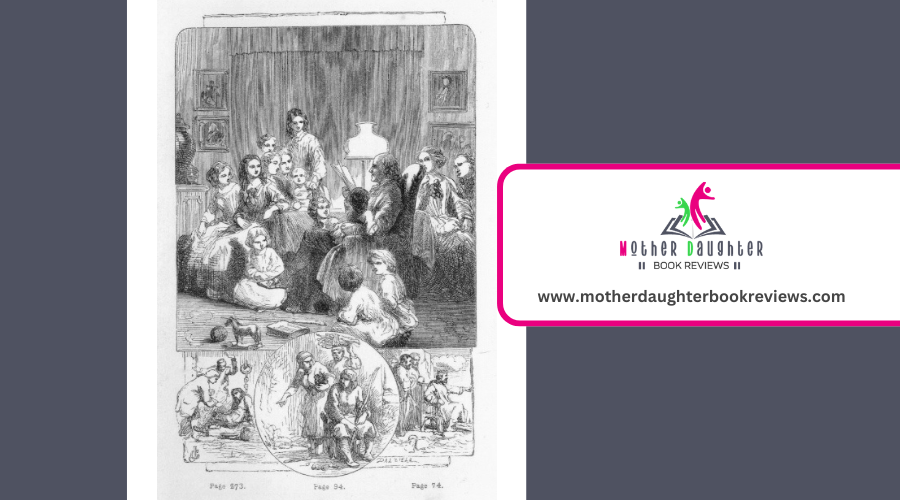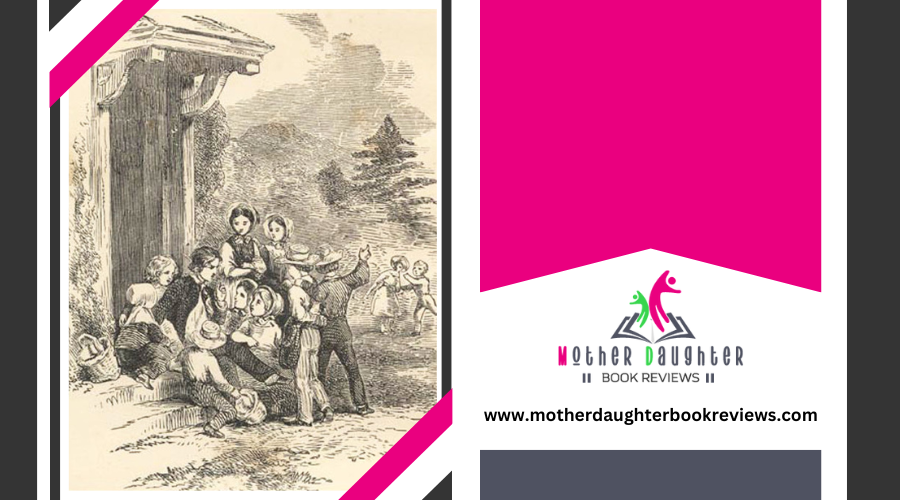How Do Classic Tales Depict Spiritual Journey?
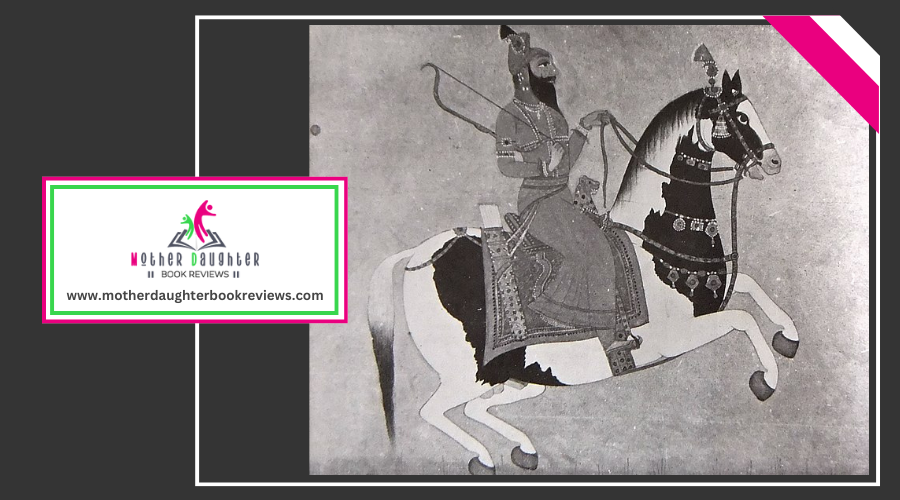
Classic tales depict spiritual odysseys and allegories by immersing you in the Hero's Quest, where characters face trials and transform. Personal adventures often symbolize inner growth, with mystical landscapes mirroring the human soul's complexities. Characters encounter divine beings, receive guidance, and undergo profound transformations that reflect their inner struggles and desires. Mythical creatures and archetypal characters like mentors and tricksters also embody deeper spiritual symbolism and challenge heroes.
The Hero's Journey
In regards to understanding classic tales, the Hero's Journey is an essential framework that reveals the core of many timeless stories. You've probably encountered it in diverse forms, regardless of whether it's through ancient myths or modern movies. This mythic structure, popularized by Joseph Campbell, breaks down the expedition into distinct stages that the hero undergoes.
First, the hero receives a call to adventure, pulling them from their ordinary world into the unknown. Next, they might resist the call, but eventually, they meet a mentor who helps them cross the threshold into new domains. As the expedition progresses, the hero faces tests, allies, and enemies. These stages challenge the hero, pushing them to grow and adapt.
The climax of the Hero's Journey often involves a significant ordeal or crisis, where the hero must confront their greatest fears or enemies. Upon overcoming this, they gain a reward, which they'll bring back to their ordinary world. The final stages involve the return and reintegration into everyday life, transformed by the experiences they've undergone.
Symbolism in Mythology
While the Hero's Quest provides the structure for many classic tales, the rich tapestry of these stories often hinges on the use of symbolism in mythology. You'll find that mythical creatures like dragons and phoenixes aren't just fantastical beings; they embody deeper spiritual symbolism. For instance, dragons often represent chaos and cosmic balance, while the phoenix signifies rebirth and renewal.
In sacred texts, ancient rituals and divine intervention play essential roles in shaping the narrative. These elements aren't mere plot devices but serve as metaphors for inner spiritual explorations. For example, in many cultures, a hero's encounter with a god or goddess signifies a moment of divine intervention, guiding them toward enlightenment or self-discovery.
Cultural interpretations of these stories vary widely, yet common themes like the quest for cosmic balance and harmony remain. The mythical landscapes you encounter in these tales, regardless of it being the underworld or a celestial domain, symbolize different states of consciousness and spiritual growth.
Morality in Folktales
Morality in folktales often springs from the core values of the culture that created them. As you explore these stories, you'll find that cultural values are deeply embedded in the narrative. These tales offer moral lessons that reflect the ethical dilemmas faced by the characters and, by extension, the society they represent. When a character encounters a challenge, their response helps illustrate the societal norms and justice themes that are significant to their community.
For instance, folktales frequently highlight the significance of virtue ethics—qualities like honesty, bravery, and kindness—through character development. You see how characters grow and evolve, often learning from their mistakes or the consequences of their actions. This growth isn't just personal; it mirrors the community beliefs about what is right and wrong.
Moreover, justice themes in folktales often emphasize the triumph of good over evil, reinforcing what the society deems as just. Community beliefs act as a backdrop, guiding the narrative towards a resolution that upholds their collective values. By understanding these stories, you're not just entertained; you're also getting a glimpse into the ethical framework of the culture that birthed them.
Pilgrimage and Quest
Just as morality in folktales reflects cultural values, pilgrimages and quests in classic tales also offer profound insights into the human experience. When you initiate a personal quest within these stories, you're often led through mystical landscapes that symbolize inner exploration and spiritual growth. These expeditions don't just test physical endurance but also challenge you to confront your deepest fears and desires.
Sacred destinations play an essential role in these narratives. Think of places like Mount Olympus or the Holy Grail's resting place. Reaching these sacred destinations isn't about the end goal alone but about the transformative experiences you encounter along the way. You find that each step taken mirrors an internal step toward enlightenment.
Classic tales frequently use these elements to depict how personal quests are not just about finding something external, but about uncovering something profound within yourself. As you traverse through enchanted forests or climb intimidating mountains, you realize these mystical landscapes are metaphors for the complexities of the human soul.
Transformation Narratives
Transformation narratives in classic tales often revolve around characters who undergo profound change, both internally and externally. You see this exploration of identity evolution as they confront their deepest fears and desires. These characters frequently start out with a fixed sense of self, but as the story progresses, they're thrown into situations that force them to question who they are and what they stand for.
Consider the inner conflict that often drives these transformations. In tales like "The Ugly Duckling" or "Beauty and the Beast," characters grapple with feelings of inadequacy and the struggle to be accepted. They wrestle with their flaws, their perceived shortcomings, and through this turmoil, they emerge transformed.
As you examine these stories, you'll notice that the external experience mirrors the internal one. Characters might physically change or take on new roles, but it's the inner metamorphosis that stands out. This evolution of identity is central to their spiritual path, illustrating that true growth often comes from within.
Divine Encounters
In many classic tales, divine encounters serve as essential moments that profoundly impact the characters' spiritual quests. You see characters experiencing divine intervention or receiving sacred visions that guide them through their travels. These encounters often provide clarity, redirecting their paths or reinforcing their faith.
Consider the following aspects to appreciate the depth of divine encounters in these narratives:
- Divine Guidance: Characters often receive direct instructions or signs from a higher power, helping them make significant decisions.
- Sacred Visions: These mystical experiences offer profound insights or prophecies, illuminating the characters' pursuits and destinies.
- Moral Testing: Divine beings frequently test the protagonists, challenging their virtues and resilience.
In Homer's "The Odyssey," for instance, Athena's divine intervention aids Odysseus, steering him back to Ithaca and helping him overcome numerous trials. Likewise, Dante in "The Divine Comedy" encounters multiple divine figures whose sacred visions and guidance shape his expedition through Hell, Purgatory, and Paradise.
Archetypal Characters
While divine encounters illuminate the spiritual paths of many classic tale characters, the presence of archetypal characters enriches the narrative landscape even further. These archetypes serve as both guides and obstacles, shaping the protagonist's expedition in profound ways. Mentor figures, like Gandalf in "The Lord of the Rings" or Dumbledore in "Harry Potter," provide wisdom, support, and essential life lessons. They embody the sage archetype, offering the hero not just practical help but also spiritual insights that propel them toward self-discovery and fulfillment.
Conversely, shadow selves represent the darker aspects of the protagonist's psyche. Characters like Darth Vader in "Star Wars" or Gollum in "The Lord of the Rings" embody these internal struggles. These figures force the hero to confront their own fears, doubts, and moral dilemmas. By engaging with their shadow selves, characters gain a deeper understanding of their inner conflicts and the duality of human nature.
These archetypal characters act as mirrors, reflecting both the potential and pitfalls within the hero. They enrich the narrative, making the hero's spiritual expedition not just an external quest but an internal transformation as well.
Lessons in Suffering
Amid the trials and tribulations faced by characters in classic tales, suffering stands out as a profound teacher. When you explore these stories, you find that suffering's purpose is often to bring about emotional resilience and growth through pain. This adversity isn't just a plot device; it's a catalyst for transformation.
When you examine the paths of these characters, you see how they navigate through their trials, emerging with newfound wisdom in challenges and an acceptance of loss. This acceptance doesn't mean they're defeated; rather, they gain a deeper understanding of life's complexities. Through their pain, they develop emotional resilience, learning to face future challenges with a fortified spirit. Faith in struggle provides a guiding light of hope, steering them through their darkest hours.
Redemption and Salvation
Redemption often emerges as a powerful theme in classic tales, offering a path to salvation for characters who seek to atone for their past misdeeds. You'll notice that these stories frequently depict a voyage of spiritual awakening. Characters, once lost in their own flaws and errors, find a way to confront their inner demons. This confrontation leads to a moral redemption that's both personal and transformative.
Consider Ebenezer Scrooge from Charles Dickens' "A Christmas Carol." Initially, Scrooge embodies greed and selfishness. However, through supernatural encounters, he experiences a profound spiritual awakening. He realizes the impact of his actions on others and makes a conscious effort to change, embodying the essence of moral redemption.
Another example is Jean Valjean in Victor Hugo's "Les Misérables." After being released from prison, Valjean struggles with his identity and past crimes. His encounter with a kind bishop sparks his transformation. Valjean's voyage is a reflection of the belief that even the most troubled souls can achieve redemption and salvation through genuine repentance and good deeds.
Conclusion
Classic tales depict spiritual journeys as transformative experiences where characters undergo deep personal growth and self-discovery. These stories often follow a quest or pilgrimage, symbolizing the inner challenges and trials individuals face in life. Mystical landscapes, encounters with divine beings, and archetypal characters serve as metaphors for the soul's expedition toward enlightenment. Through moments of suffering, reflection, and guidance, characters confront their fears, desires, and moral dilemmas, ultimately achieving spiritual awakening or redemption.

